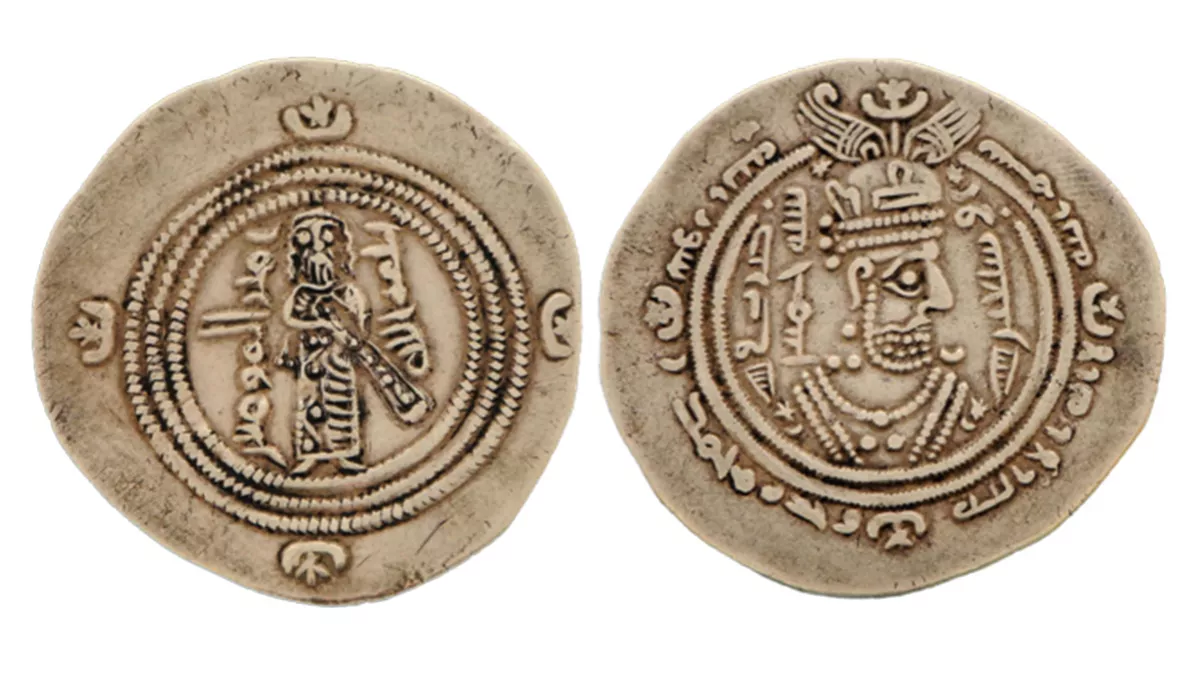More than 8,100 antique gold, silver, and other metal coins are housed in the King Abdulaziz Public Library in Riyadh
04 Sep 2023
News
Historical coins from the Arab and Islamic worlds are important artefacts that may shed light on the social, political, economic, and aesthetic developments that took place at the time they were produced. More than 8,100 antique coins consisting of gold, silver, and other metals are housed in the King Abdulaziz Public Library in Riyadh.
These coins may be studied to learn more about many aspects of life as well as the nations and locations where they were produced. Many Arab and Islamic countries and areas, including Makkah and Madinah, as well as the places of the Islamic Caliphate, including in Damascus, Baghdad, Cairo, Tunisia, and Andalusia, participated in the coinage process. At first, dinars were struck at the Alexandria mint in the same manner as Byzantine copper coins, showing the Roman emperor Heraclius and his two sons. During the Umayyad Caliph Abd Al-Malik ibn Marwan's rule at the start of the year 692 A.D., the Islamic money started to take shape. The coin collection of the King Abdulaziz Public Library spans the whole 1,400-year history of Islam. Additionally, the collection covers a large geographic area, including Yemen and Oman in the south, Yemen and Central Asia in the east, Morocco and Andalusia in the west, the Caucasus in the north, and India and Central Asia in the east.
The first Arab Islamic dinar may be discovered in the library; it is notable for being the first Arab Islamic currency to be produced, as the early Islamic era's coins were produced in non-Islamic nations. The majority of the Islamic coins on display in the library are unique to that location. A Sasanian Arab dirham struck in Damascus in 695 AD and an Abbasid dirham struck in Basra during the rule of Caliph Abu Jaafar Al-Mansour in 758 AD are both held in the library's collection.
The Abbasid dirham coin is distinguished from other pieces issued during the reign of Caliph Al-Mansour as well as from those coined in Basra by the engraving of the word "slave" (originally spelled in Arabic as "abed") under the inscriptions. It is interesting to note that the aforementioned phrase was never inscribed on earlier coins produced during the caliph's rule. The dirham is an important addition to the library's collection, which also contains other coins from the civilizations of the Arabian Peninsula and the Tulunid dinar, which was struck in Palestine in 906 AD and the Makkah dinar, which was struck in 1060 AD.
The library's cultural and knowledge strategy includes preserving Arab and Islamic heritage through the use of books, documents, photographs, and artefacts in order to offer researchers and academics a variety of historical sources and to highlight the priceless heritage of the Kingdom. According to the scientific procedures used to categorise worldwide coin collections, coins are indexed and categorised, and the library builds a database including all the essential information for each coin. The information is entered into an automated system that the library's professionals and researchers may access.
